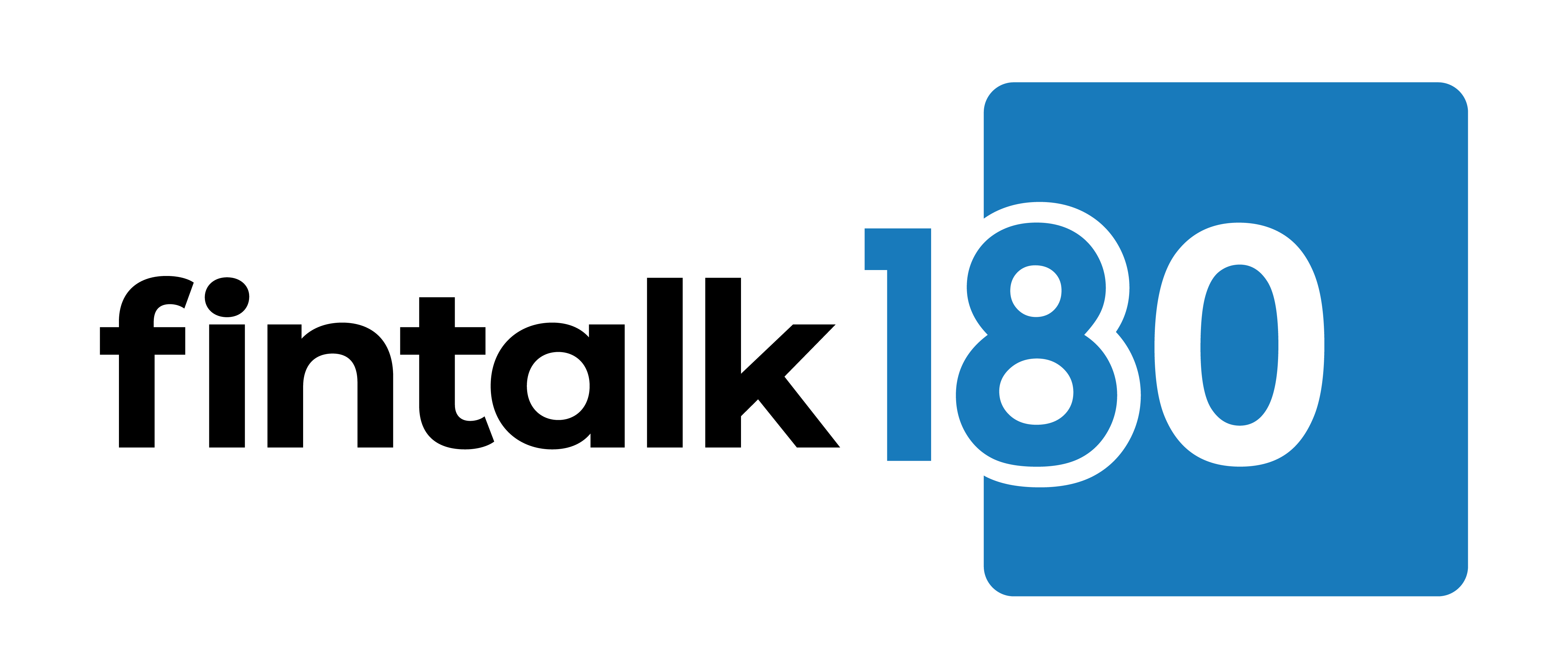說過了,區塊鏈上的智能合約,大大降低了虛擬市場的交易費用,而 NFT 在數碼世界更有確位產權的功能。作為產權經濟學的學生兼藝術愛好者,我一直是加密藝術的大好友。作為加密藝術的大好友,我更需要時時留意著這個行業的監管風險。
最近,美國財政部發表一項名為《Study of the Facilitation of Money Laundering and Terror FinanceThrough the Trade in Works of Art》的報告。這項三十多頁紙的研究報告,分析了藝術品市場的洗黑錢 (ML) 和恐怖分子資金籌集 (TF) 的風險。簡單總結如下:
The Study found some evidence of ML risk in the institutional high-value art market but found little evidence of TF risk. Furthermore, the emerging online art market may present new risks, depending on the structure and incentives of certain activity in this sector of the market (i.e., the purchase of non-fungible tokens [NFTs], digital units on an underlying blockchain that can represent ownership of a digital work of art).
換句話,有證據顯示,高價值藝術品的交易確有一定洗黑錢風險,恐怖分子資金籌集的風險,卻並不是明顯。還有,報告亦點名指出 NFT 在洗黑錢方面的潛在風險:
NFTs can be used to conduct self-laundering, where criminals may purchase an NFT with illicit funds and proceed to transact with themselves to create records of sales on the blockchain. The NFT could then be sold to an unwitting individual who would compensate the criminal with clean funds not tied to a prior crime. It is also possible to have direct peer-to-peer transactions of NFT-secured digital art without the involvement of an intermediary, and these transactions may or may not be recorded on a public ledger.
不論是 NFT 交易平台,還是買賣雙方點對點的直接交易,加密藝術都有洗黑錢之嫌。
These digital art assets are inherently easier to transfer between transacting parties than traditional art because, in most cases, the parties do not need to physically move the art or pay for shipping services such as insurance, transport, or customs duties, although users may incur transaction fees. The ability to transfer some NFTs via the internet without concern for geographic distance and across borders nearly instantaneously makes digital art susceptible to exploitation by those seeking to launder illicit proceeds of crime, because the movement of value can be accomplished without incurring potential financial, regulatory, or investigative costs of physical shipment.
這洗黑錢之嫌,在無須實物交易的加密藝術可能尤其嚴重。行外人有所不知,國界所構成國際貿易屏障,是大半世紀以來經濟學界的一個謎團。運輸費用固然是原因之一,法制和稅務的不同亦是部份理由。
香港之所以成為全球三大藝術品交易市場之一,多得簡單低稅制加上成熟的金融配套。加密藝術將如何改變藝術市場生態,是香港人需要關心的。關於洗黑錢的風險,美國財政部未有提及一個重點,就是 NFT 交易平台的交易費用實在低。
成也低交易費用,可能敗也低交易費用!要知道,在傳統國際藝術拍賣行做買賣,買賣雙方需要支付的佣金加起來至少三成。這三成以上的交易費用,當然窒礙了不少市場交易,但亦同時提高了洗黑錢的成本。
區塊鍵技術,解決了部分藝術品市場傳承有序的問題,但同時亦降低了洗黑錢或造市的成本。從監管的角度看,NFT 的興起無疑是增加了進行 AML 和 KYC 的難度。主要 NFT 交易平台會否被視為 virtual asset service providers 而被政府監管,是未來一年重要的市場發展。
徐家健
美國克林信大學經濟系副教授


